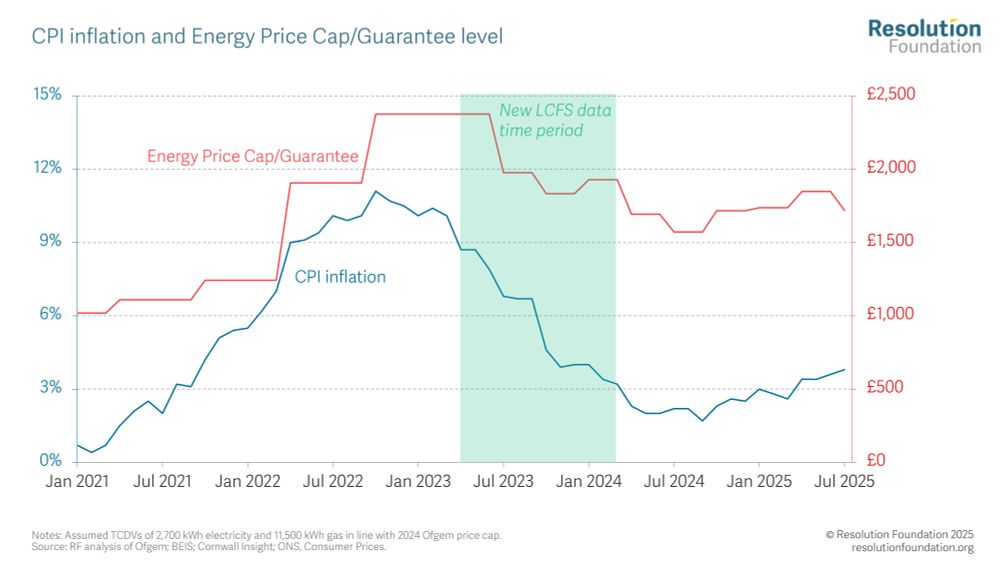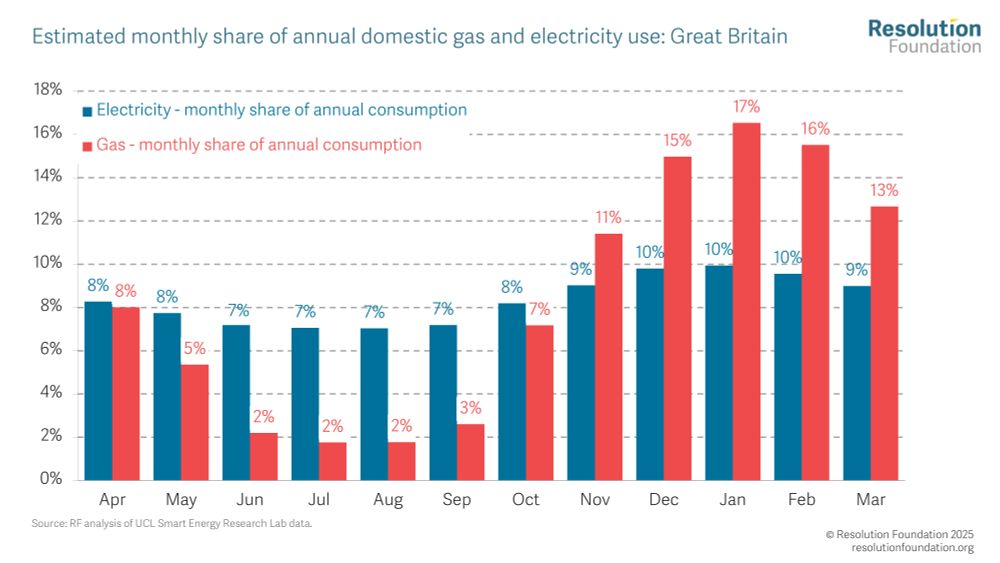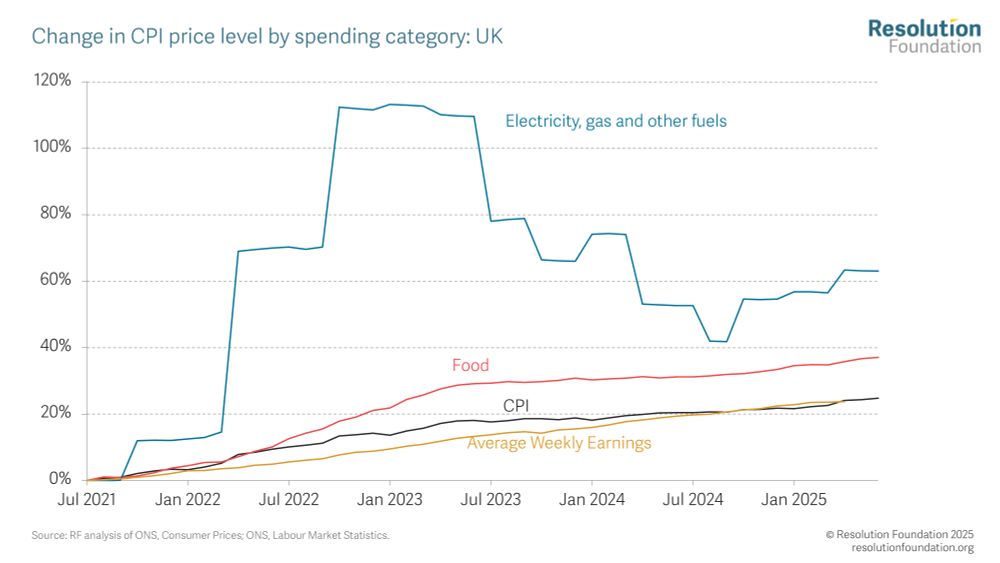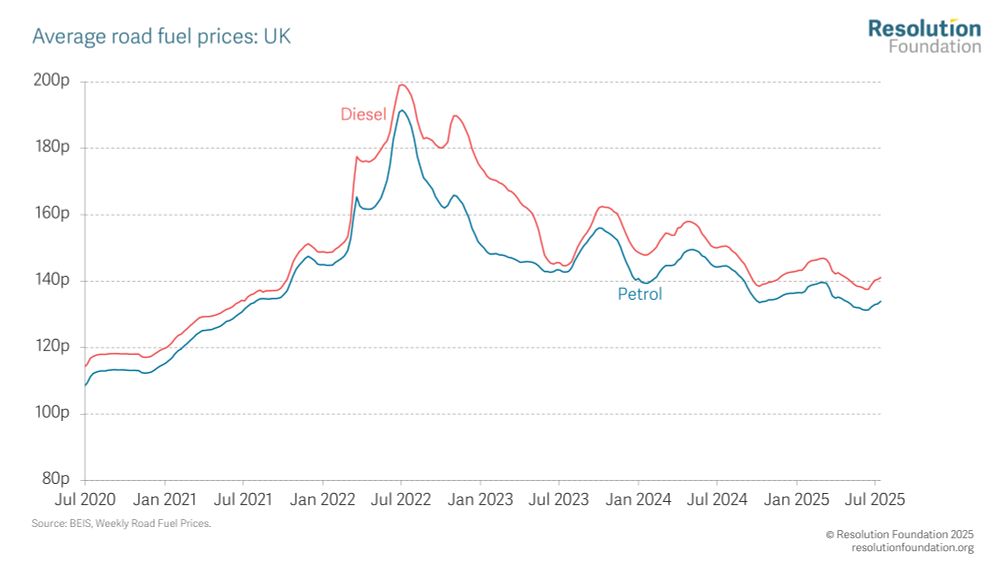Lalitha Try
@lalithatry.bsky.social
1.5K followers
500 following
100 posts
Economist at the Resolution Foundation working on improving living standards and reducing poverty
Posts
Media
Videos
Starter Packs
Reposted by Lalitha Try
Reposted by Lalitha Try
Reposted by Lalitha Try
Reposted by Lalitha Try
Lalitha Try
@lalithatry.bsky.social
· Aug 20

The bare necessities • Resolution Foundation
This briefing note examines how prices have changed over time in three key areas of spending: energy, food and transport. We also propose policy changes that can make essential costs more affordable f...
www.resolutionfoundation.org
Lalitha Try
@lalithatry.bsky.social
· Jul 16

The bare necessities • Resolution Foundation
This briefing note examines how prices have changed over time in three key areas of spending: energy, food and transport. We also propose policy changes that can make essential costs more affordable f...
www.resolutionfoundation.org






















